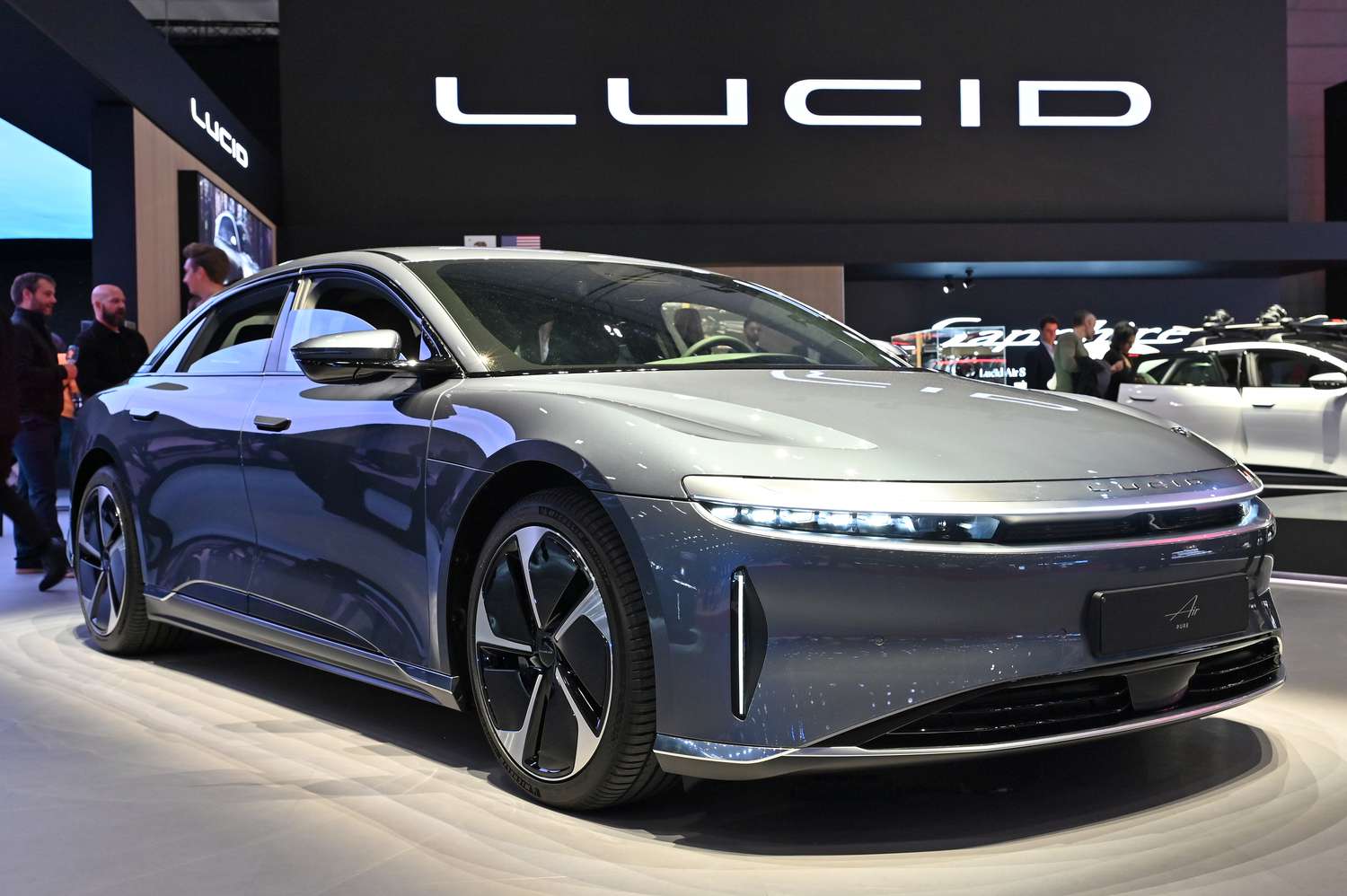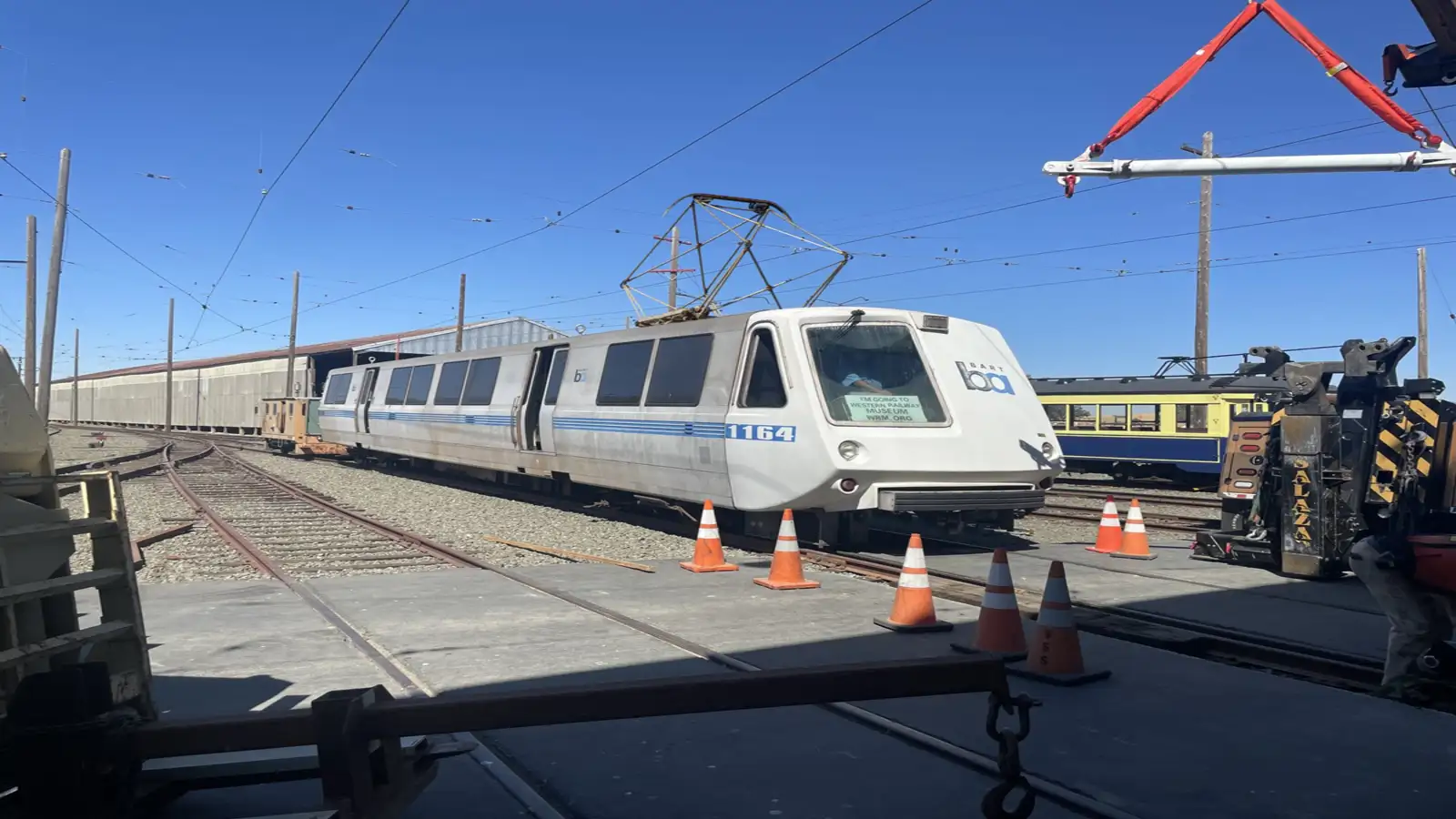Uber Joins Forces with Lucid and Nuro to Launch High-End Robotaxi Fleet, Taking Aim at Tesla and Waymo
July 17, 2025 — In a bold move signaling the future of autonomous transportation, Uber has announced a groundbreaking partnership with electric vehicle manufacturer Lucid Motors and autonomous driving technology company Nuro. Together, the trio will develop and launch a premium global robotaxi service, poised to rival industry leaders Waymo and Tesla.
Under the newly unveiled collaboration, Uber will purchase 20,000 Lucid electric vehicles over the next six years, integrating Nuro’s Level 4 autonomous driving software into the upcoming Lucid Gravity SUV. The service, which will be fully integrated into Uber’s ride-hailing platform and fleet management systems, is set to launch in 2026 in a major U.S. city.
A New Generation of Robotaxis
The initiative centers on a “next-generation robotaxi program” that combines the luxury and technological innovation of Lucid’s EVs with Nuro’s cutting-edge autonomy stack, known as the Nuro Driver. Designed to operate without human intervention in designated areas, Nuro’s Level 4 software enables vehicles to perform all driving tasks under certain conditions—a critical step toward full autonomy.
Prototypes of the Lucid Gravity robotaxi are already undergoing testing at Nuro’s autonomous vehicle proving grounds in Las Vegas.
“These are not simply self-driving cars—they’re a reimagining of mobility,” said Uber CEO Dara Khosrowshahi. “We’re thrilled to partner with Nuro and Lucid on a program purpose-built for the Uber platform, bringing the magic of safe, convenient autonomous transportation to more riders around the globe.”
Major Investments Signal Big Ambitions
To cement the partnership, Uber announced a $300 million investment in Lucid Motors, along with a comparable multi-hundred-million-dollar commitment to Nuro. These investments reflect Uber’s long-term vision to lead in the autonomous ride-hailing space after years of restructuring its strategy following its 2018 exit from in-house robotaxi development.
“This investment from Uber validates Lucid’s fully redundant zonal architecture and cutting-edge EV platform as ideal for autonomous mobility,” said Lucid’s interim CEO Marc Winterhoff. “It’s an exciting step into a multi-trillion-dollar future market.”
The vehicles—Gravity SUVs and potentially Lucid’s flagship Air sedans—will be owned and operated either by Uber directly or through its third-party fleet partners, enabling broad deployment in key metropolitan markets.
A Competitive Landscape
This high-profile partnership enters a competitive U.S. robotaxi market where Waymo currently holds the lead as the only true commercial operator, offering fully autonomous rides in cities like Phoenix and Los Angeles.
Uber itself has already begun collaborating with Waymo in cities like Austin and Atlanta, and now, with Lucid and Nuro on board, it’s pushing forward with its own proprietary autonomous service.
Tesla, meanwhile, remains in the robotaxi spotlight. CEO Elon Musk recently revealed that Tesla has expanded testing of its Full Self-Driving (FSD) platform in Austin and plans to bring pilot operations to the San Francisco Bay Area, though state permit filings are reportedly still pending.
Uber’s earlier robotaxi efforts were halted following a fatal accident in Tempe, Arizona, involving an autonomous test vehicle in 2018. Since then, the company has focused on strategic partnerships and tech acquisitions rather than maintaining an in-house AV team.
Lucid’s Strategic Turnaround
For Lucid Motors, the deal marks a major milestone as the California-based EV company continues to ramp up production. After announcing a robust Q2 delivery report, the automaker is targeting 20,000 units of the Lucid Air and Gravity SUVs by 2025—a goal that will be strongly supported by the 20,000-vehicle order from Uber.
Lucid’s stock surged nearly 30% following news of the deal, as investors showed renewed confidence in the company’s ability to meet its production and growth targets.



